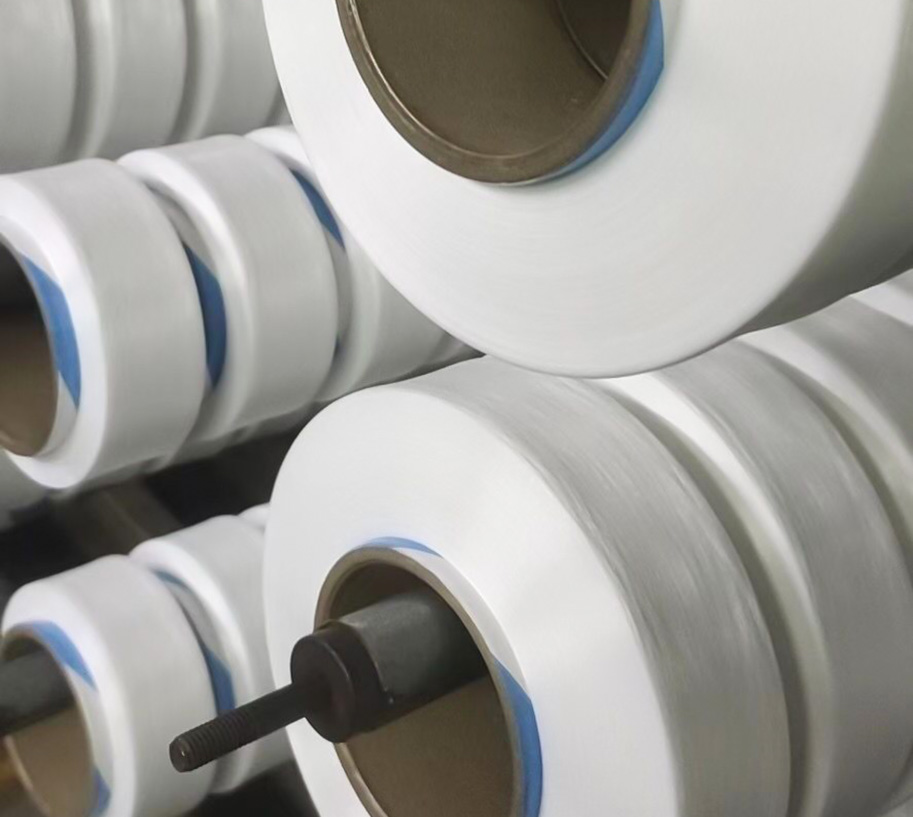Moisture-Absorbent 100D/36F BLACK NIM Polyester Yarn Material: 99.99% Polyester ...
See Details
What is the difference between Mechanically covered and Air-covered Spandex yarn? Read on to learn more about both types. Mechanically covered Spandex yarns are stronger and more breathable than Air-covered Spandex yarns. In this article, we'll look at the difference between the two types of Spandex yarns and discuss which is for you. The following are some common uses for Spandex yarn.
Spandex fibers
Spandex fibers are a type of polymer and are produced in many different ways. The invention of the polyurethane polymer allowed for the production of fibres with exceptional stretch properties. The polymer was so successful that it has multiple brand names and is used in clothing, shoes, and even cosmetics.
Spandex fibers are manufactured through four different processes: melt extrusion, reaction spinning, and solution wet spinning. In the method, a pre-polymer is reacted in the solution to form the long fiber. This process produces over 90% of the world's spandex fiber. This fiber is then drawn through rollers and transferred onto a spool. It has stretch and recovery properties and is also 1/3 lighter than rubber.

Spandex covered yarns
There are two types of spandex covered yarns. The type, known as Single Covered Yarn, consists of a single filament wrapped in an S or Z twisted fiber. These are used for socks and underwear. The second type, known as Double Covered Yarn, is made from two filaments wrapped in opposite directions. Each type has its own characteristics and is ideal for certain types of fabrics.
The company's product line includes covered yarns, tricot, and circular knitting, as well as specialties, such as anti-chlorine and heat resistant fibers. Spandex-covered yarns can be found in a variety of deniers, from low to high-denier.
Air-covered yarn
Air-covered Spandex yarn (also referred to as ACY) is a special type of interlaced yarn that is produced by drafting the outer covering fiber and spandex yarn through a nozzle of a specific design. Air-covered yarn is characterized by regular intermingle points that produce an ly soft hand feel in a fabric. The process produces a very versatile yarn that can be used in a wide variety of applications.
When air-covered Spandex yarn is manufactured, synthetic filament is sprayed with a special nozzle with a small amount of compressed air. This prevents the synthetic filament from absorbing any of the spandex. Another type of air-covered yarn is core spun yarn, which is made by feeding staple fibres and a central core filament through the delivery rollers of the spinning frame. This type of yarn is also naturally fire-retardant and is commonly used to make fire barriers.
Mechanically covered yarn
SCY Single Covered Yarn is a type of stretch fiber that is primarily used in leggings, silk socks, denim, bras, elastic tapes, and shoe uppers. This type of Spandex yarn is also suitable for woven products, including clothing and accessories. Mechanically covered yarns also tend to be more resistant to wrinkling and pilling. These features make SCY Single Covered Yarn an choice for garments.
Compared to nylon yarn, Acrylic yarn has a higher denier per filament, a greater shrinkage force, and greater gripping power on the spandex core. Acrylic yarn is also more suitable for lower covering frequencies, so one can substitute double-covered nylon yarn with a single cover. This process also increases the elasticity of the finished garment. For the results, you should avoid mixing synthetic fibers with Spandex yarn.
Elastane fabric
Elastane fibre is a synthetic polymer produced through four different processes. Reaction spinning, solution wet spinning, and melt extrusion are the primary methods for manufacturing this fibre. Al 95 percent of the world's supply of elastane comes from the last method. Elastane yarn is often woven into fabric with a mix of other fibres to improve its stretch properties.
While elastane has a number of advantages over other types of fabrics, its low breathability can make it less eco-friendly and require frequent washing. It also tends to trap odor and moisture. Finally, it has a low melting point, making it vulnerable to damage from heat over 350 degrees Fahrenheit. That's why it's often combined with cotton and polyester, but it still requires special care to avoid permanently damaging it.